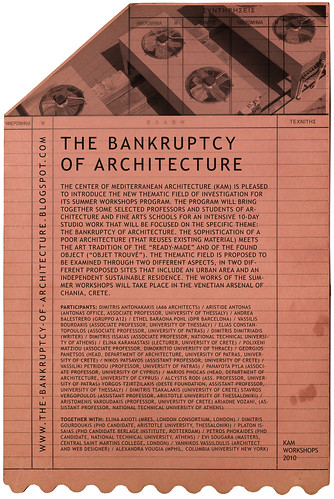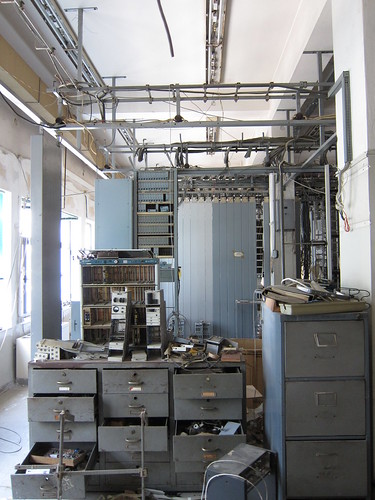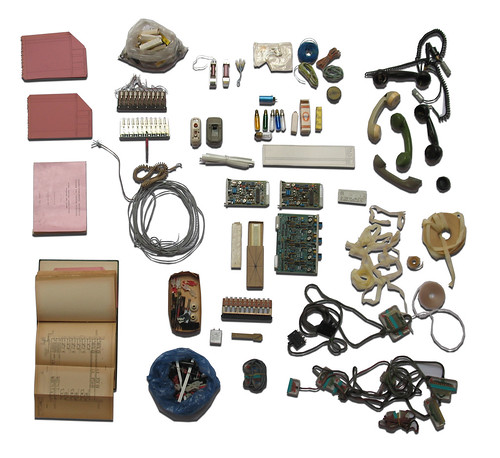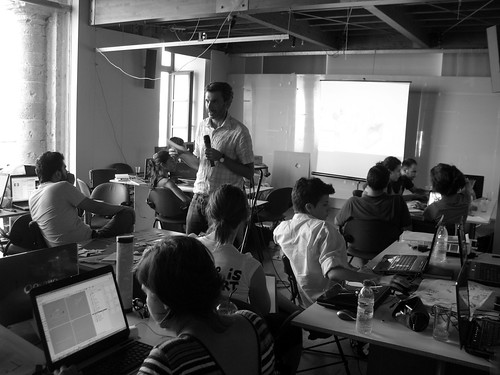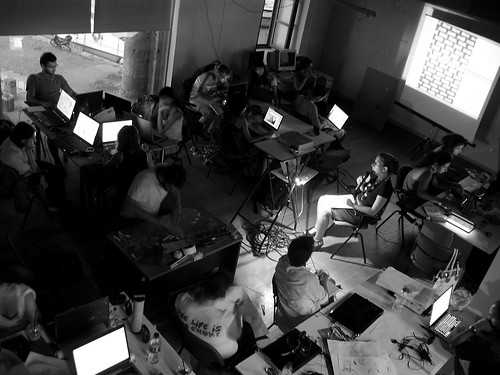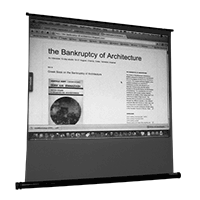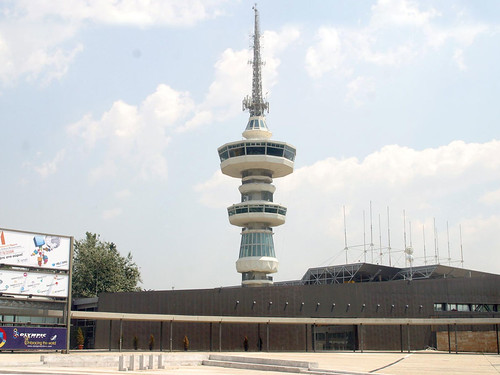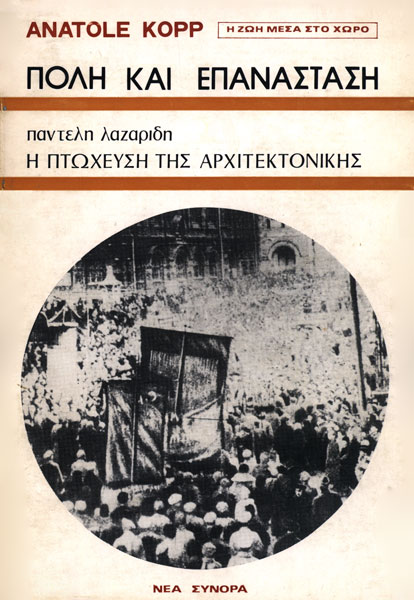Architecture and Bankruptcy
Architecture seems deeply touched while exposed in a condition of bankruptcy. Bankruptcy and architecture prove themselves to be a symmetrical phenomenon, organized by an imposed chasm that lies between them. Architecture is announced as a guarantee for structure and as a schematization of the multiple. A bankruptcy (inaugurated etymologically as the break of the bench where an interchange takes place) is marked by a bifurcation imposed between the actors of a transaction; a problem of fragmentation of a former unified field and an installation of a particular multiplicity occur in this condition; old interconnected schemata seem isolated and unrelated after a bankruptcy.
Bankruptcy conceived as a triple scheme
The mechanism of bankruptcy is constituted by the sudden loss of value that happens to objects or situations that were not only stable, but also guaranteeing the stabilization of many values that may depend upon them. A bankruptcy is a three-partite time scheme. It includes the state before the collapse, the event of the bankruptcy and the period that follows it. Most of the possible thoughts on bankruptcy are related to interpretations of this three-partite time scheme. We may think that the time before the bankruptcy may serve as a constant reference to stability. It condenses the stability of the given, the human idealized form of normality. The bankruptcy itself may be considered as an unexpected malfunction of an idealized former stable scheme; its week momentum and an explosion due to this malfunction produce the consciousness of a bankruptcy: something unimportant for the system is proved crucial and catastrophic. The era that follows such a system's failure is characterized by a mourning of a lost past and a promising systematic investment to non established values of the future. The bankruptcy mechanism performs a circular system that includes, in a same move, architecture, its dilution and the reconstitution of an open promise for another architecture to come.
Architecture of unities, Bankruptcy of a fragmented field
The shape of normality has its architecture; its absolute crisis is performed with a bankruptcy. In this scheme we may also observe a system of distinguishing a unified structure and a fragmented phenomenon. An architecture includes its reference to an ἀρχή, to a beginning and also to a unifying principle. From the other side, a bankruptcy is related to a collapse of a system's interconnections, permitting till then a safe installation of values.
If we accept those descriptions, the architecture of bankruptcy could be examined in a systematic approach of all the cases that are already detected. The unified fields of normality and a fragmented field of the aftrer bankruptcy world seem to create the conditions for unprecedented acts of reform. The after bankruptcy world can be read as a period of reinvestigation and redistributions of former interrelated elements and create new congregations. It seems that in this ongoing era some curatorial practices concerning unexpected grouppings of material in surplus have a particular meaning. Ecology treats the surplus of civilization as a mass to be deleted.
The systematic approach of the period we run combines some characteristics that are unforeseen. The possibilities of new social spaces in the web, the mobility and the new structure of meetings give to the current financial crisis an orientation towards innovative ways of understanding it. An investigation about proposing new programs may apply to the particularities of the nowadays condition. How can the social element be elaborated while we envisage the present financial crisis and the developpement of this particular web infrastructure?
The systematic approach of the period we run combines some characteristics that are unforeseen. The possibilities of new social spaces in the web, the mobility and the new structure of meetings give to the current financial crisis an orientation towards innovative ways of understanding it. An investigation about proposing new programs may apply to the particularities of the nowadays condition. How can the social element be elaborated while we envisage the present financial crisis and the developpement of this particular web infrastructure?
A nostalgia about a lost past or an effort to reconstitute a broken porcelain is not the direction we may orient an architectonic investigation. On the contrary we detect different possibilities of idiosyncratic congregations and reconstitutions of spaces that may follow unprecedented programs. Architecture may propose forms for existing contents. It may propose contents for existing forms too.

